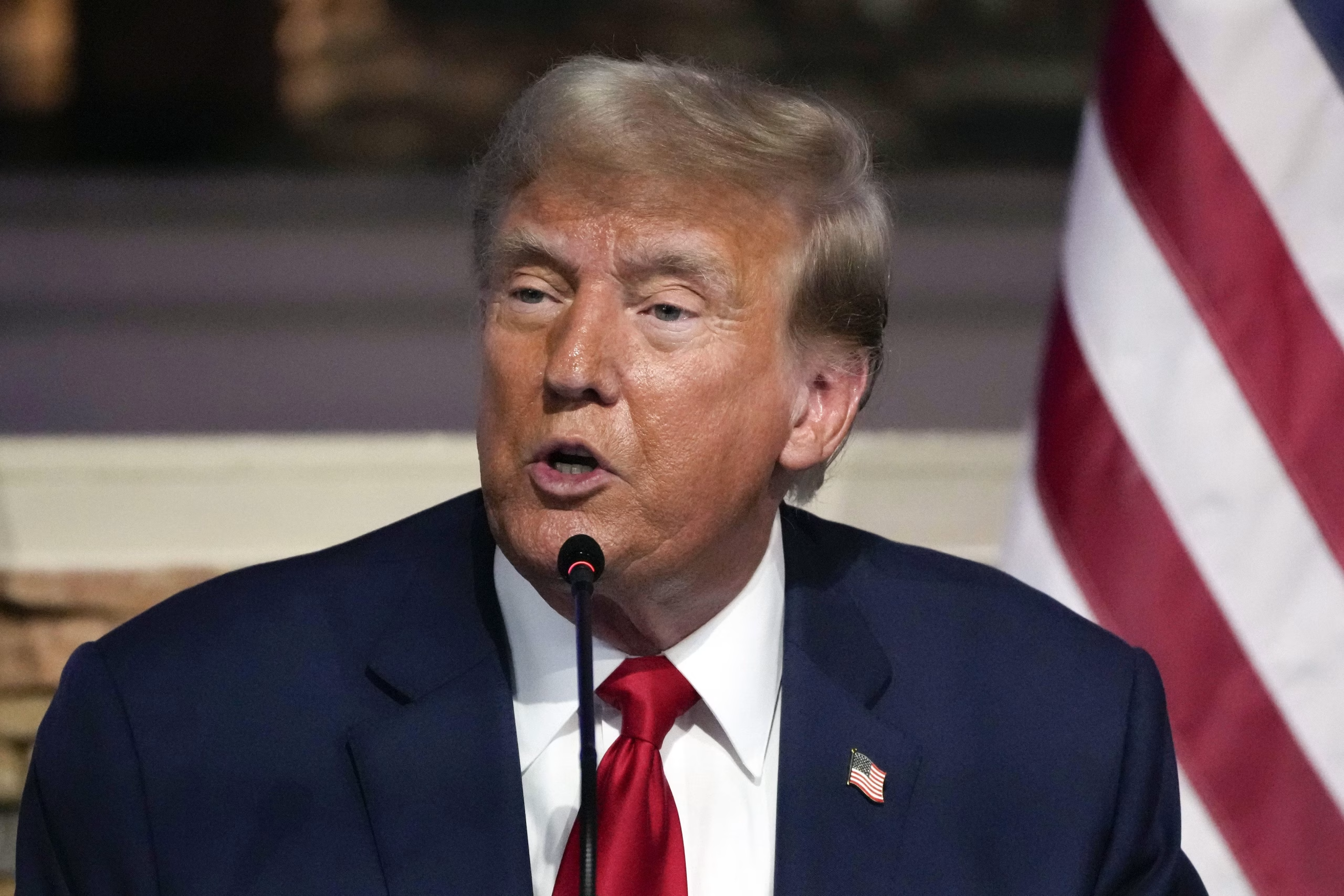The Future of Population Growth in the United States: Trends and Projections
The United States is a country that is constantly evolving, and one of the most significant changes is its population growth in USA (United State of America). From the baby boomer generation to the millennial generation, the population of the United States has seen a lot of changes over the years. In this article, we’ll explore the latest trends and projections for population growth in the United States.
Current population trends in the United States.
The current population of the United States is estimated to be around 331 million people, making it the third most populous country in the world. The population has been steadily increasing over the years, with an average annual growth rate of 0.7% from 2010 to 2020. However, this growth rate has been slowing down in recent years, with projections showing that it will continue to decline in the coming decades. Additionally, the population is becoming more diverse, with a growing number of people identifying as Hispanic or Asian.
Factors influencing population growth, including immigration and fertility rates.
Population growth in the United States is influenced by a variety of factors, including immigration and fertility rates. Immigration has been a significant contributor to population growth in recent years, with approximately 44 million immigrants living in the United States in 2017. Fertility rates have also played a role, with the total fertility rate declining from 2.12 in 2007 to 1.64 in 2020. Other factors, such as mortality rates and aging populations, also impact population growth trends and projections.
Projections for future population growth and demographic shifts.
According to the United States Census Bureau, the population of the United States is projected to continue growing, reaching 390 million by 2040 and 434 million by 2060. However, the rate of growth is expected to slow down over time, with the annual growth rate dropping from 0.7% in 2020 to 0.4% in 2060. Additionally, demographic shifts are expected to occur, with the population becoming more diverse and aging. By 2060, it is projected that the Hispanic population will make up 28.6% of the total population, while the non-Hispanic White population will decline to 43.8%. The aging population is also expected to increase, with the number of people aged 65 and older reaching 95 million by 2060.
Implications for social, economic, and political policies.
The projected changes in population growth and demographics have significant implications for social, economic, and political policies in the United States. For example, the aging population will require increased healthcare and social security resources, while the growing Hispanic population will require policies that address issues such as immigration and language barriers. Additionally, the changing demographics will impact the workforce and consumer markets, requiring businesses to adapt their strategies to meet the needs of a more diverse population. Policymakers will need to consider these trends and projections when making decisions about issues such as healthcare, education, and immigration.
Strategies for managing population growth and promoting sustainable development.
Managing population growth and promoting sustainable development requires a multifaceted approach that addresses a range of issues, including access to healthcare, education, and family planning services. Policies that promote economic growth and job creation can also help to alleviate poverty and reduce population growth rates. Additionally, efforts to promote sustainable development, such as investing in renewable energy and reducing carbon emissions, can help to mitigate the impact of population growth on the environment. Ultimately, a comprehensive approach that addresses the complex interplay between population growth, economic development, and environmental sustainability will be necessary to ensure a prosperous and sustainable future for the United States and the world.










